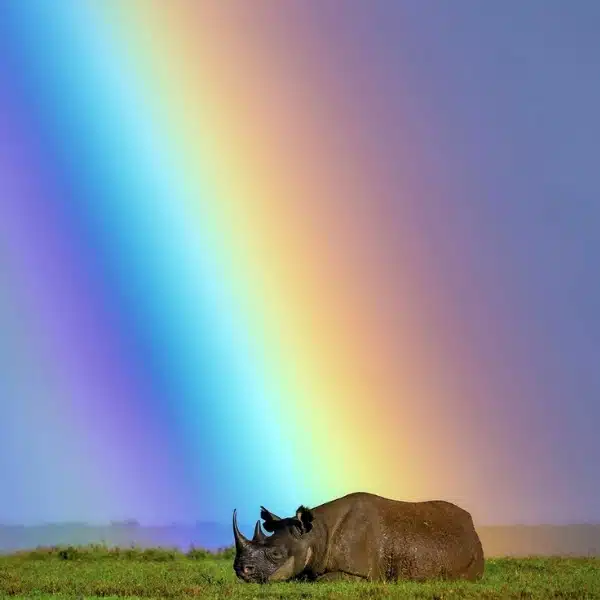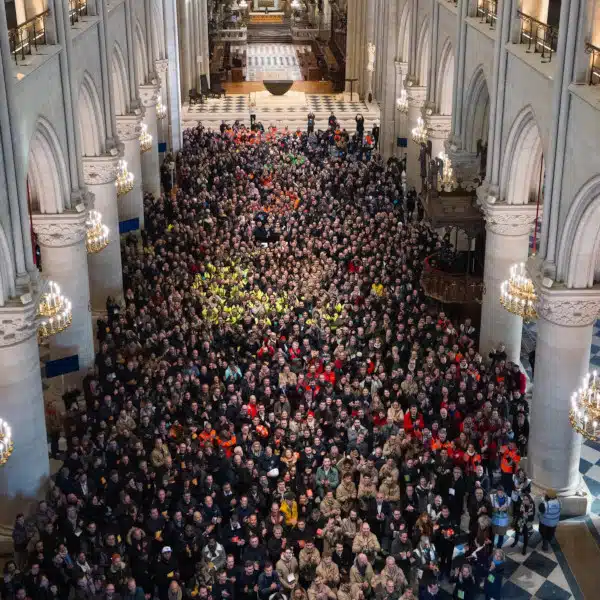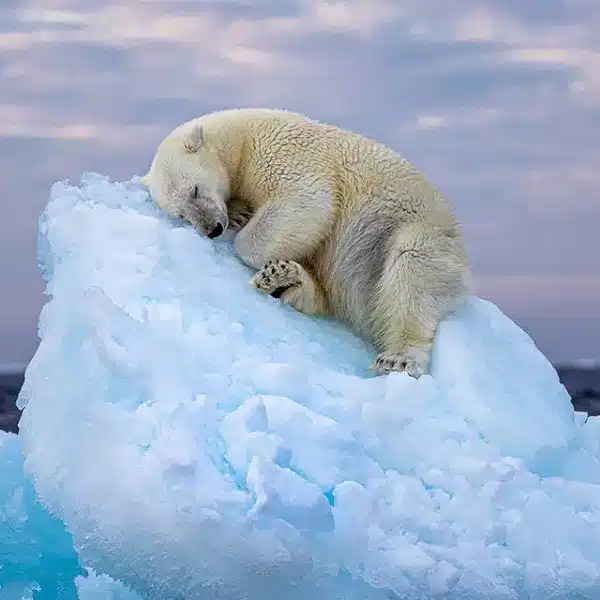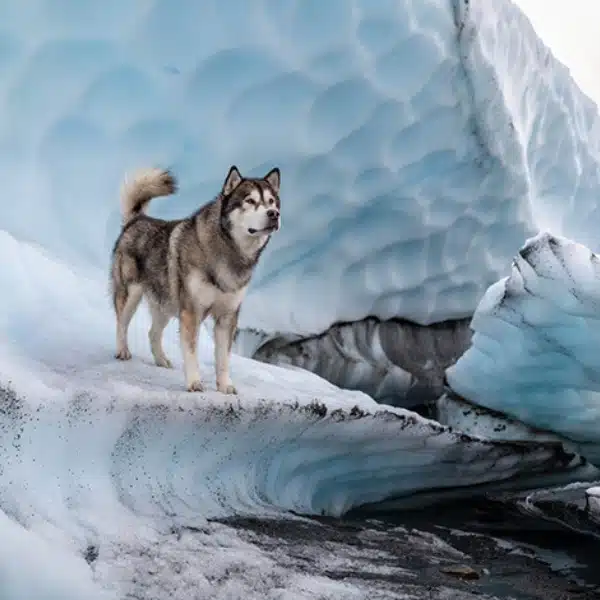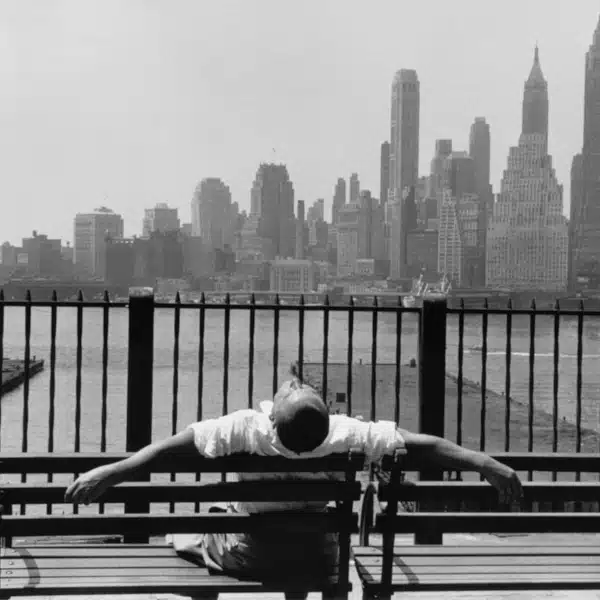
National Geographic recently put out a thought-provoking article titled Animal Domestication.
Here's one of my favorite excerpts:
A growing body of evidence shows that historically, domesticated animals likely played a large part in their own taming, habituating themselves to humans before we took an active role in the process. “My working hypothesis,” says Greger Larson, an expert on genetics and domestication at Durham University in the United Kingdom, “is that with most of the early animals–dogs first, then pigs, sheep, and goats–there was probably a long period of time of unintentional management by humans.” The word domestication “implies something top down, something that humans did intentionally,” he says. “But the complex story is so much more interesting.”
To accompany the piece, they asked photographer Vincent J. Musi to take some photos and, boy, did they turn out to be interesting. “Essentially the idea is that the domestication of plants and animals is the single most important event in modern human history and we know very little about it,” said Musi.
“In the case of something like the pigs, I'm fascinated about how an animal goes from the dining room to the living room over the course of 10,000 years.”
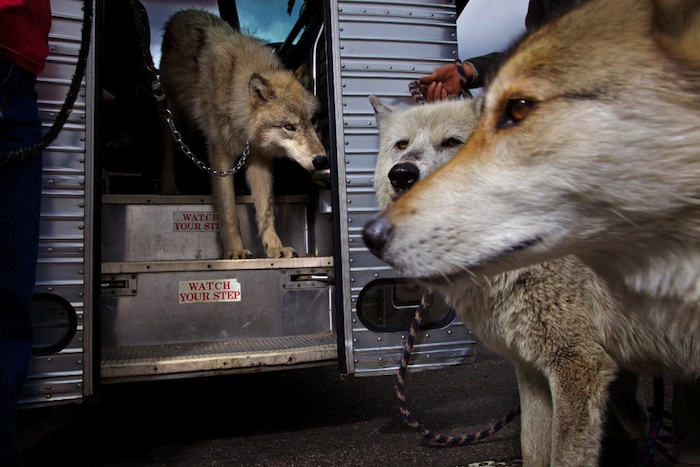

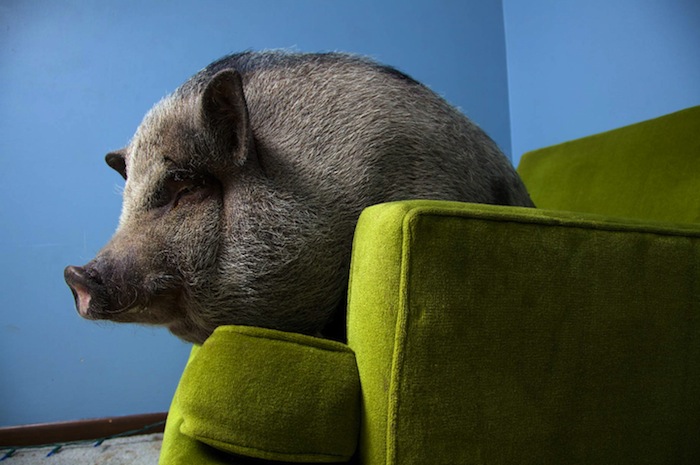
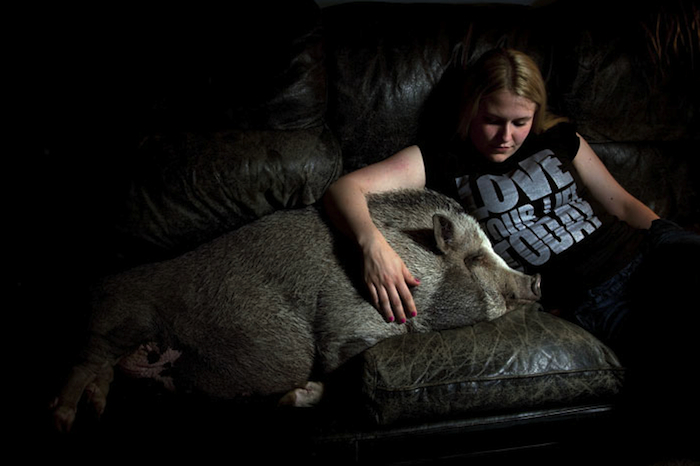

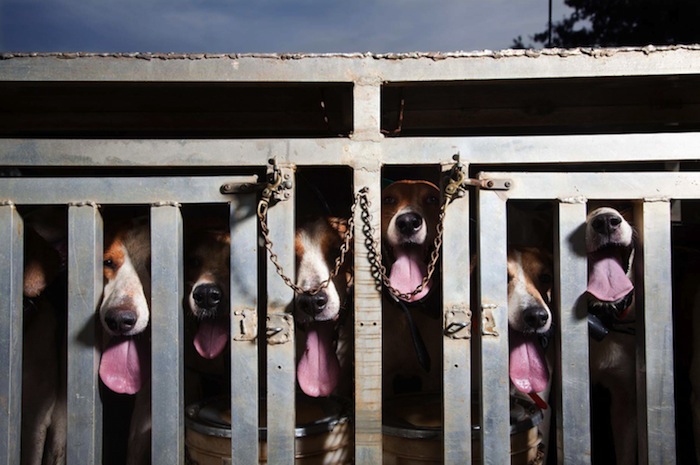
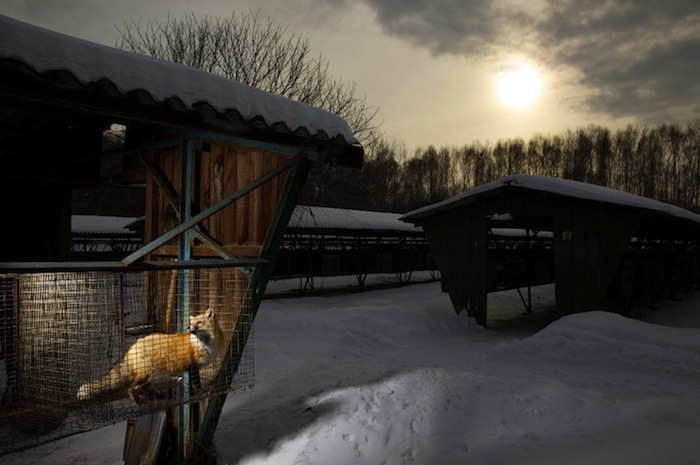
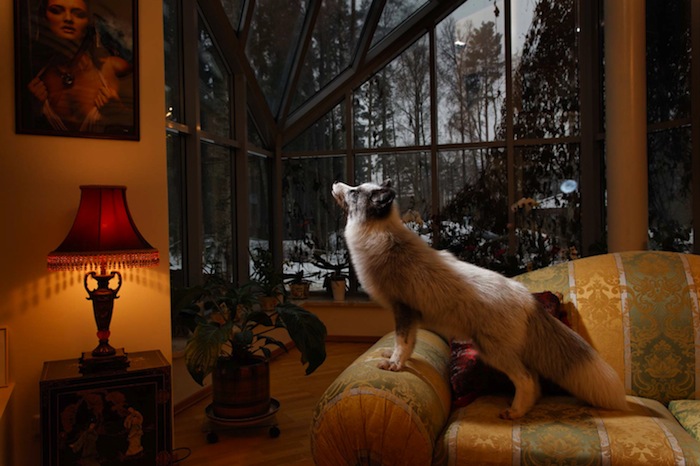
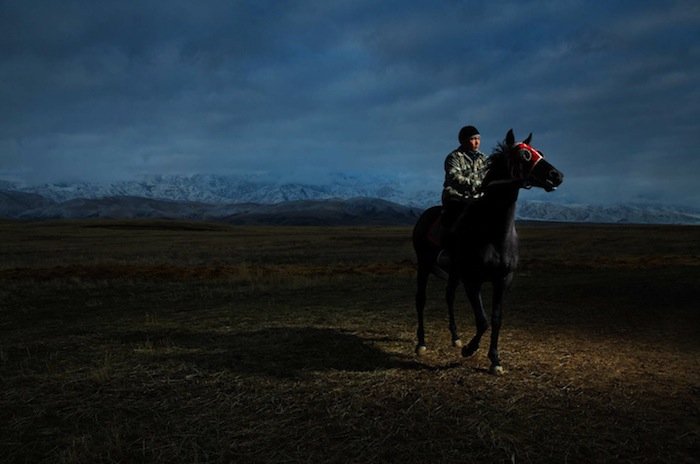

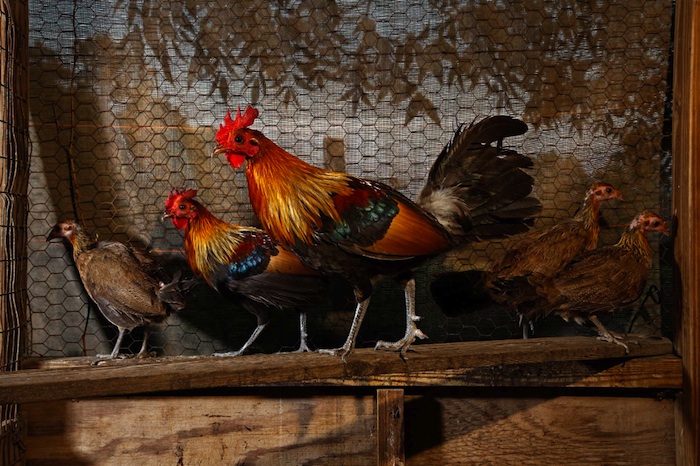


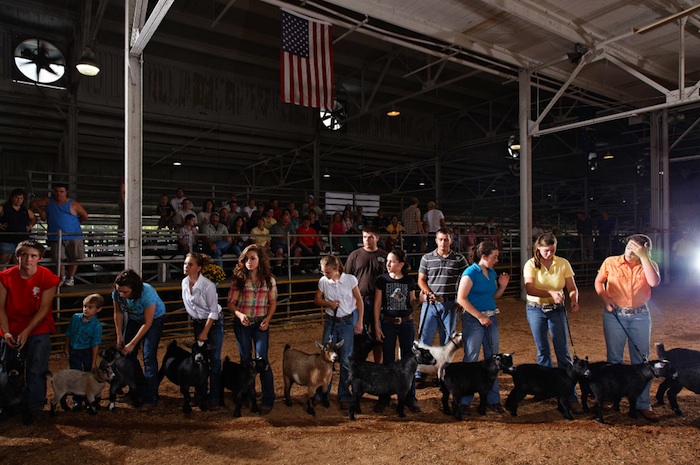

Doesn't this last photo appear photoshopped? Nat Geo calls it Bred to Be Bad. “This brown rat's angry display at the photographer reflects 73 generations of breeding for hostility to humans. Scientists at Novosibirsk and in Germany are comparing the aggressive rat genome to that of rats selected for friendliness, attempting to untangle connections between DNA and behavior.”











































































